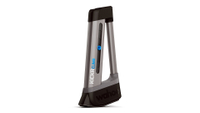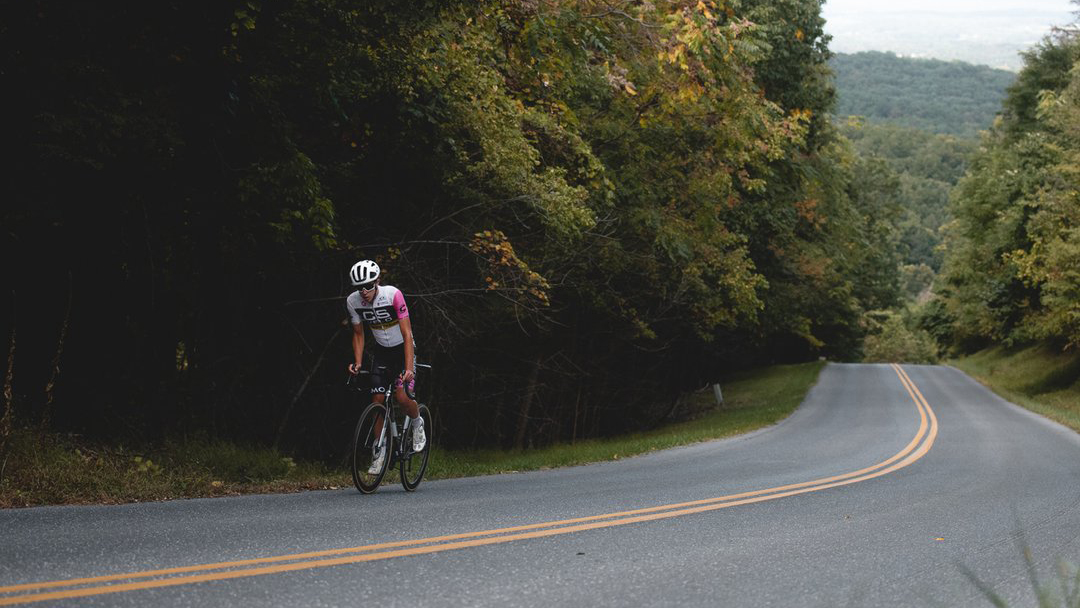

Do you like cycling uphill? Mot many people do. One of these people is Sean Gardener, the new 'Everesting' world record holder. He can cycle uphill for hours on end unlike many of us who will start panting after trying to cycle up on a 5% incline for longer than 60 seconds.
Cycling uphill is hard, to say the least, and it requires an incredible amount of determination, strength and stamina. Having decent cycling gear, such as the best road bikes and best cycling computers, doesn't hurt either.
If there is one person who knows what it takes to climb the steepest stretches of winding mountain roads, it is Sean Gardener, the new 'Everesting' world record holder. 'Everesting' is a relatively new sport that requires a cyclist to ride 8,848 vertical meters (the height of Mount Everest) in an under 7-hour time limit.
If you ever tried cycling uphill for longer than a few minutes, you know full well how draining it is. Doing it for hours on end is only possible if you have a plan in place and train the right way. Following Sean's uphill cycling tips might also help, listed below.
Uphill cycling tips from Sean Gardener, new 'Everesting' world record holder
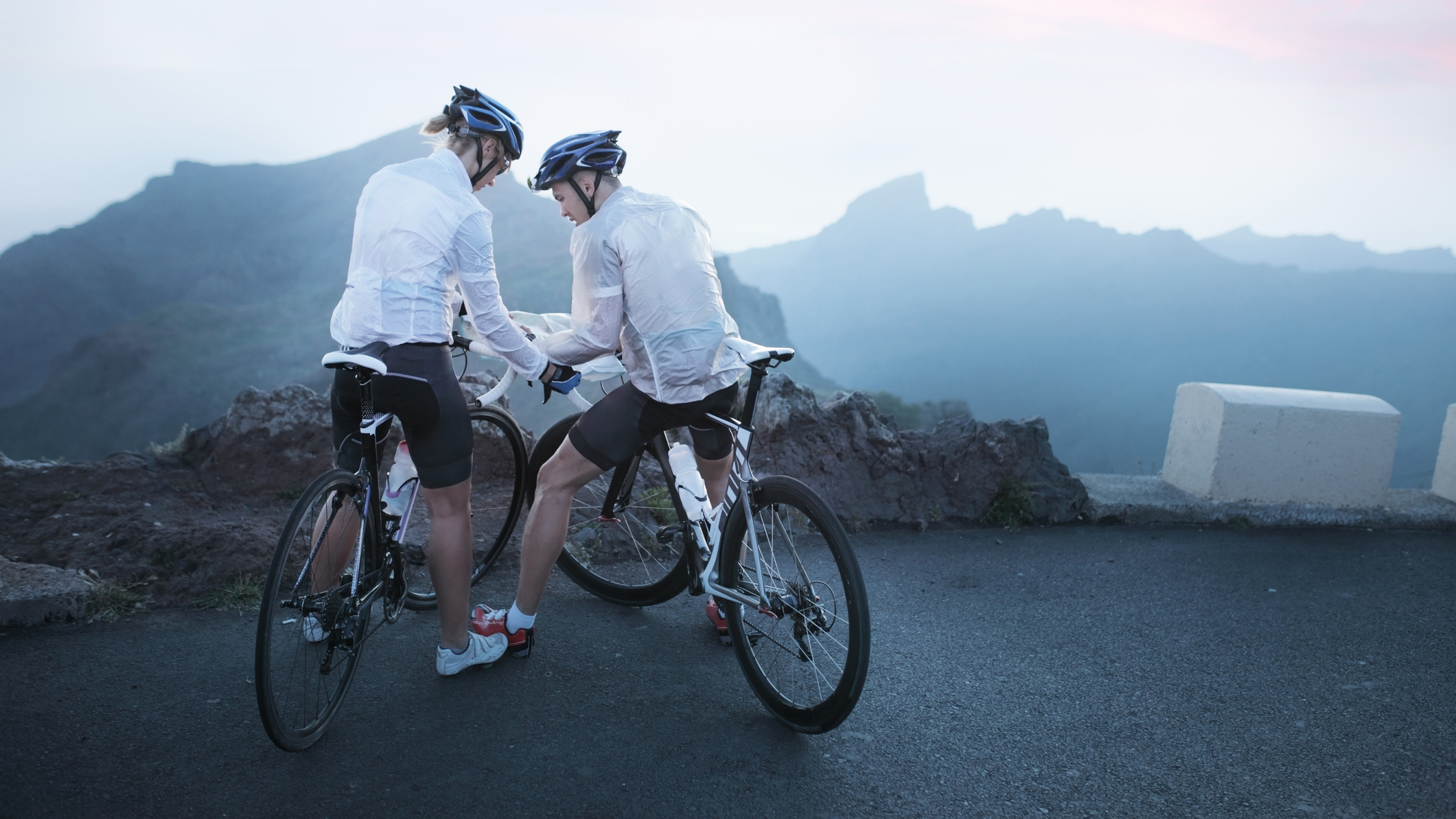
Plan carefully
It’s worth knowing what you’re getting yourself in for and make sure you choose the right hill for your skill level – Sean recommends starting on roads with a 6-7% incline rate. As you may have guessed, going uphill is the hardest part of cycling so "you need to be very conscious of your climbing ability", says Sean.
Also, make sure you don't confuse a flat 20-mile ride with a mountainous 20-mile ride. They might look similar on Google Maps the in real life, these routes are very different and the latter will take substantially longer. to make gruelling climbs at least somewhat bearable, Sean says it's best to pick routes with a nice view if you can: "Climbing often takes you to some beautiful locations you wouldn’t normally see so be sure to hit the iconic climbs and take in the view at the top."
Wahoo KICKR CLIMB Grade Simulator | Buy it for £449 at Wiggle
You might not be able to see lovely mountainous areas indoors but you also won't get hit by a car or get rained on, so one can say cycling indoors has its benefits. And if you want to train for incline, you'll need the Wahoo Kickr Climb Grade Simulator. The Climb is capable of recreating inclines up to 20% and declines up to -10%. Compatible with the new Wahoo KICKR and the new KICKR SNAP.
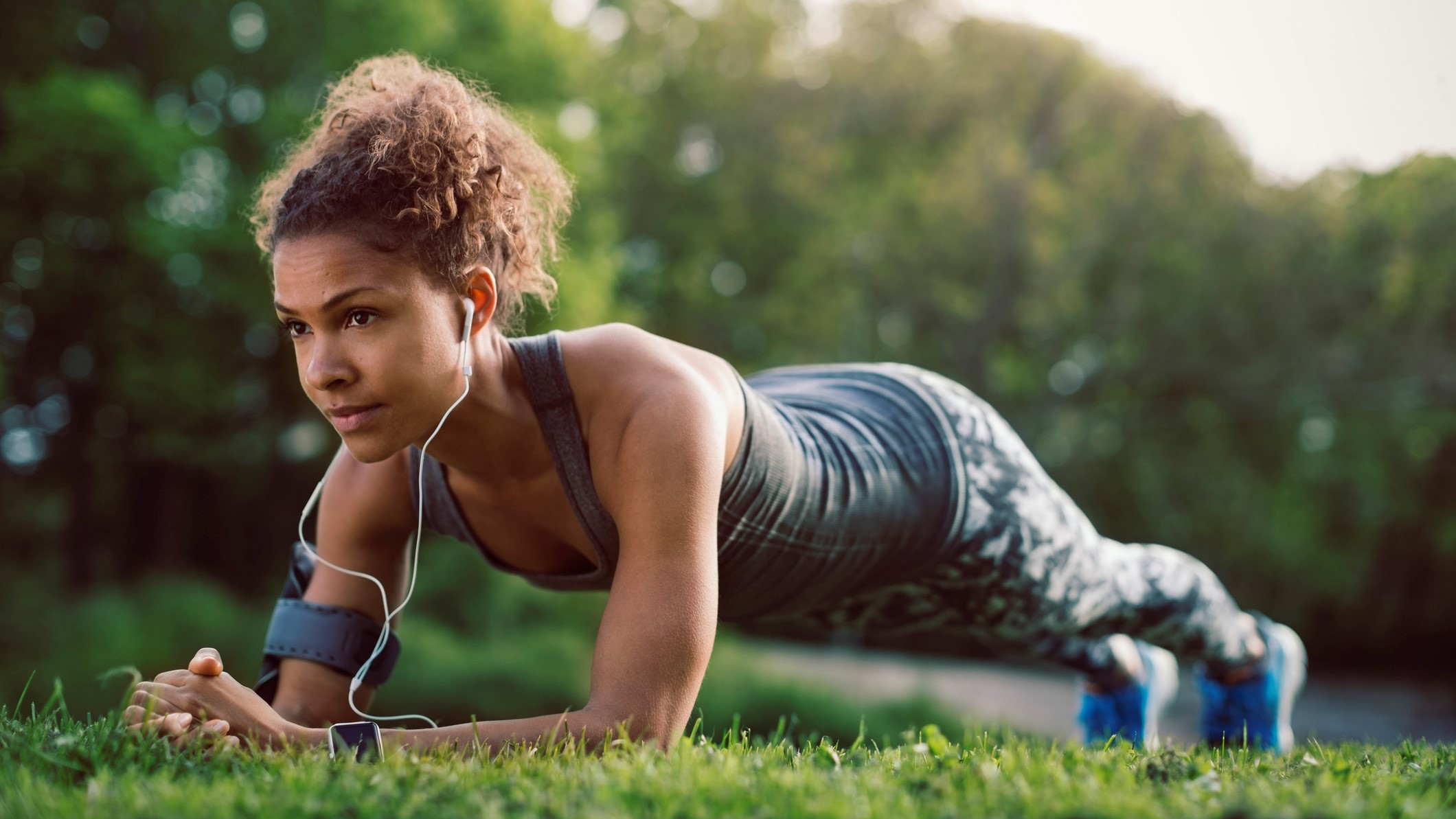
Prep your core
We love to preach about core training here on T3. A strong trunk can help you in many ways, from improving your posture to increasing general well-being. And, as it turns out, core training is beneficial for cycling uphill, too.
Sign up to the T3 newsletter for smarter living straight to your inbox
Get all the latest news, reviews, deals and buying guides on gorgeous tech, home and active products from the T3 experts
Your training should naturally consist of as much cycling as possible, but that shouldn’t be at the expense of other muscles. "Finding the time to focus on core workouts is VERY important", Sean adds. During off-season months, Sean also likes to swim and/or run to maintain his cardio performance and to give his cycling muscles a bit of a rest.
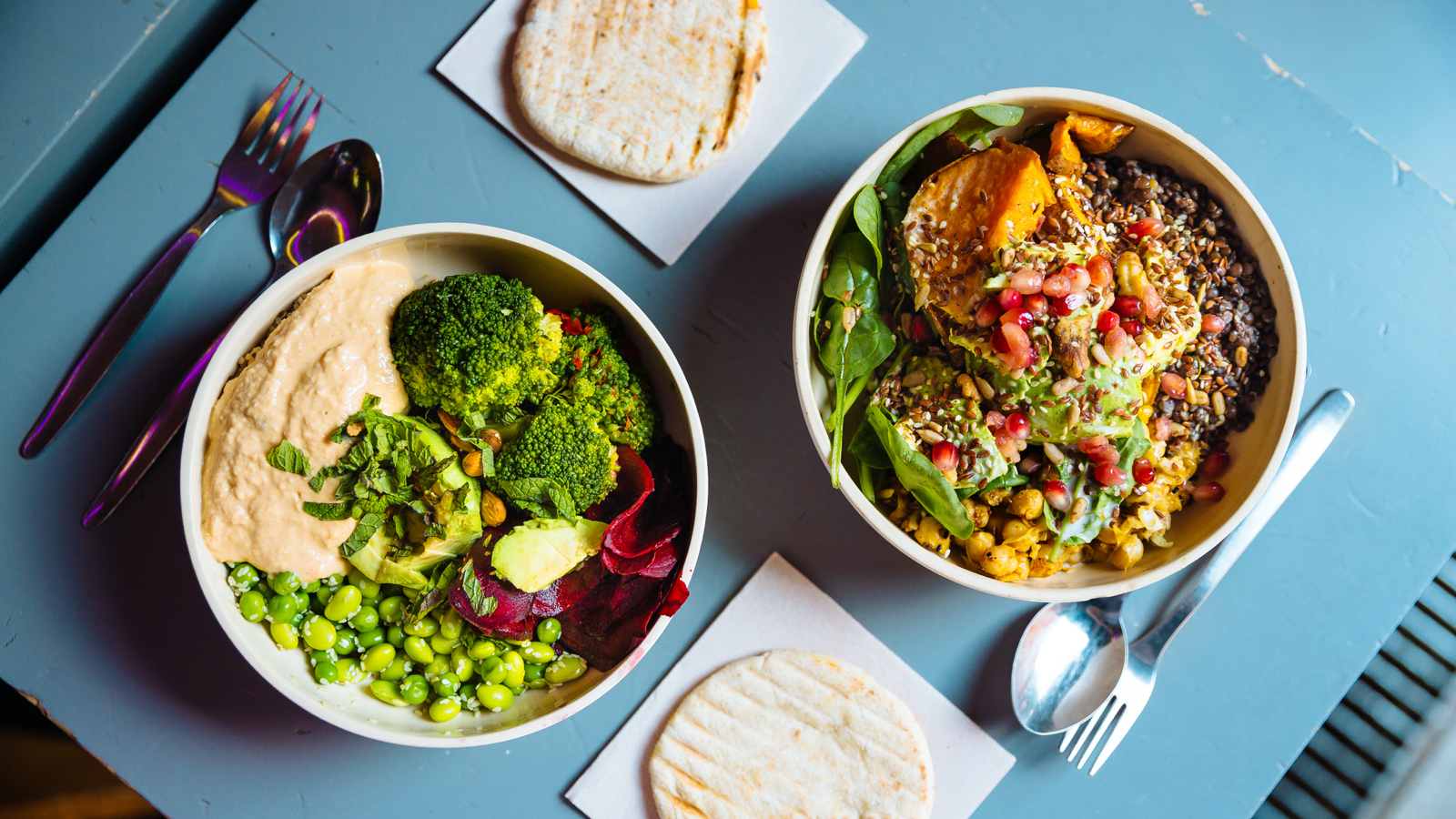
Carb up the night before
As with running a marathon, consuming enough carbohydrates the day before will be key to ensuring your body and muscles have the energy required to complete the uphill challenge. Sean points out that "the night before you definitely don't want to skimp on food but you also don't want to eat so much that you are bloated and feel horrible."
Just like in most other parts in life, fuelling your body the night before big rides is all about balance and finding the middle ground. Sean recommends eating and drinking as much as you can during the ride as you will need all the energy to keep you going. A few of Sean's on-the-bike favourites are Poptarts, peanut butter and jelly sandwiches, rice cakes and granola bars.
Supersapiens' energy management system, powered by the Abbott Libre Sensor Glucose Sport Biosensor, can help you 'fuel up' more accurately for races and training. This biosensor can monitor blood glucose levels and provides a live feedback through the Supersapiens app. You can take the guesswork out of fuelling with this handy device.
Keep your goals in mind
Riding uphill is just as much of a mental challenge as it is a physical one. Sean would suggest breaking up the climb into segments, especially for beginner cyclists. "Be aware that you are going so slow that you can really take in every aspect of the climb. Maybe concentrate on making it to the next switchback or the next mailbox", he adds.
More advanced cyclist could also benefit from this technique. "I think even Tour de France riders are scared from time to time of tackling huge uphills all at once and tend to divide up the climb into segments to make it more manageable", Sean explains.
Make sure your motivation is clearly defined and always keep in mind that once you reached the top of the climb, the only way from there is downhill. "The descent is the biggest reward for making it to the top of the climb", Sean explains, "thinking about the descent will help you have something to hold onto during the tough moments and you can just enjoy coasting all the way back down."
- How to get fit fast at home with indoor cycling
- Indoor cycling guide: how to get started training indoors
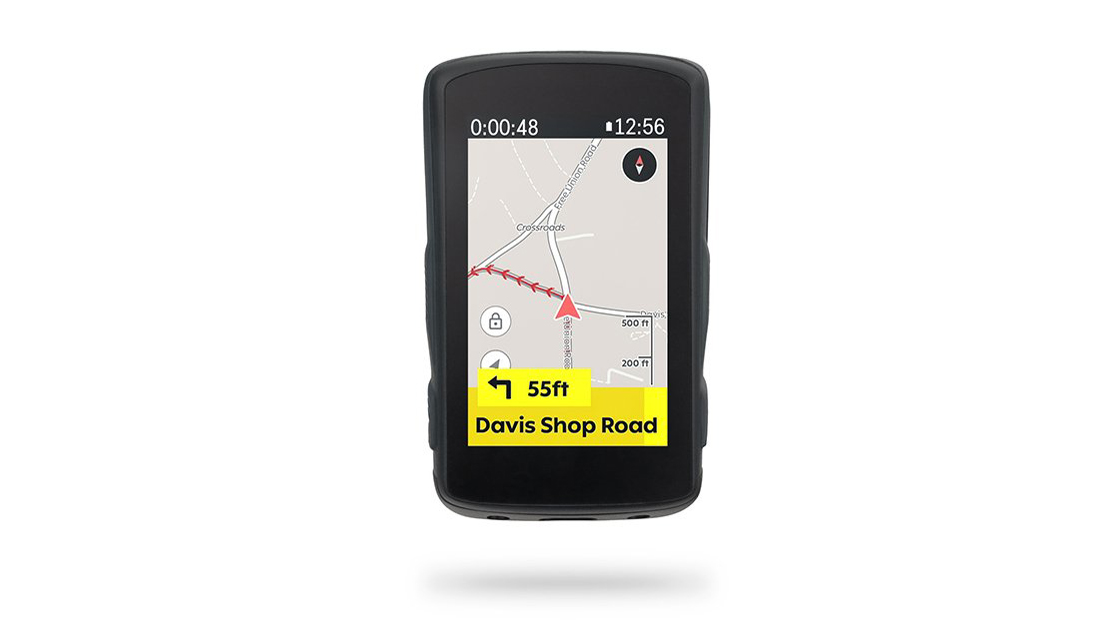
Choose your tech wisely (or potentially get lost)
"I always plan my rides with the Karoo", Sean says, "it’s by far the best navigation computer on the market." Most cycling computers are pretty similar in the data they are able to track, they have Bluetooth capabilities and are fairly compact. Big brands such as Garmin and Wahoo offer a wide range of bike computers too.
Sean swears by the mapping feature found on his Karoo: "where the Karoo stands out is their mapping features – you are able to create and plan for complex climbs and uphill routes ahead of time to explore new areas but this even allows you to reroute on the fly if needed."
But that's not all. "Another one of my favorite features is the ability to input destinations on the fly. So when I’m feeling the bonk coming halfway through my ride, I can type in ‘coffee’ to the Karoo and will plan my route to the nearest coffee shop!", Sean exclaims.

Recover right
Although strenuous uphill rides cause less structural damage to muscles and ligaments than running a marathon, it’s still an incredibly physical challenge. Afterwards it’s pretty common for your energy levels to be pretty low so eat loads and rest to help your muscles recover. Taking some protein can help muscle recovery too.
"Plan for a recovery ride the next day which is effectively a "non training day" that’s meant to be incredibly easy", Sean says, "It actually requires a lot of concentration to go this slow but that is where all the magic happens. Aim for an easy spin that’s less than an hour to regain strength in your legs and boost energy levels."

Matt Kollat is a journalist and content creator who works for T3.com and its magazine counterpart as an Active Editor. His areas of expertise include wearables, drones, fitness equipment, nutrition and outdoor gear. He joined T3 in 2019. His byline appears in several publications, including Techradar and Fit&Well, and more. Matt also collaborated with other content creators (e.g. Garage Gym Reviews) and judged many awards, such as the European Specialist Sports Nutrition Alliance's ESSNawards. When he isn't working out, running or cycling, you'll find him roaming the countryside and trying out new podcasting and content creation equipment.
-
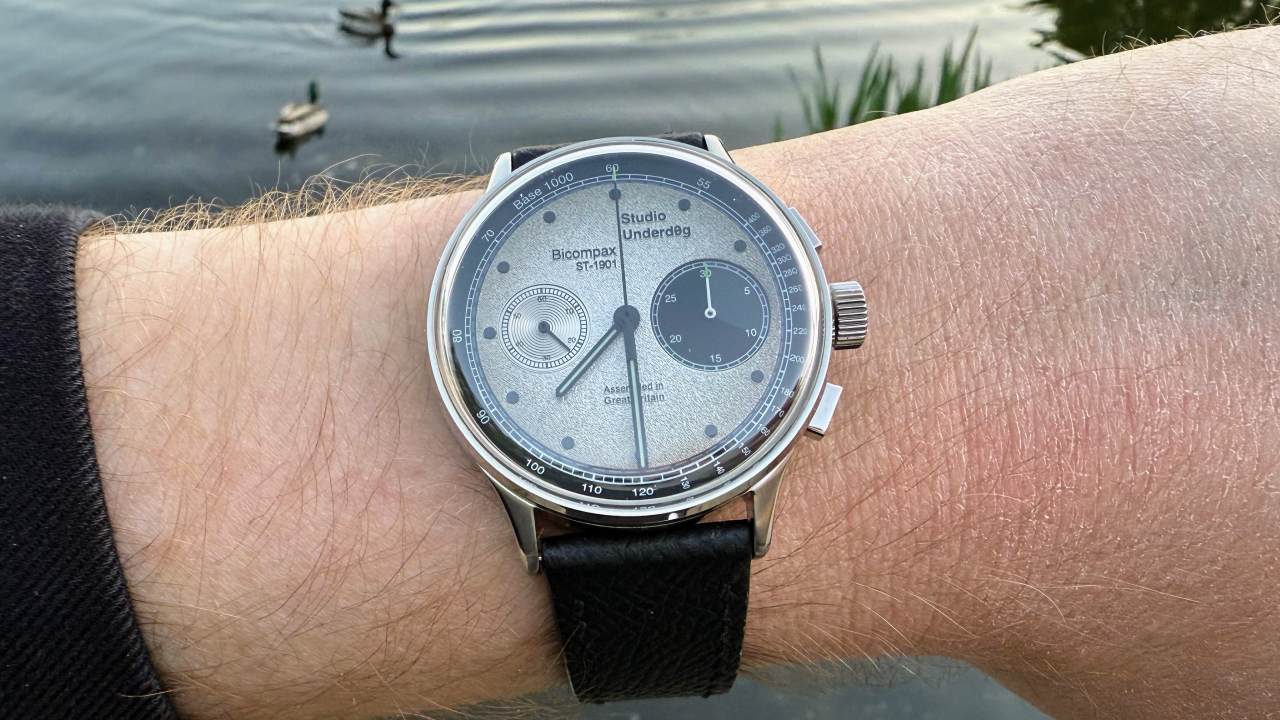 A Week on the Wrist with the Studio Underd0g 01Series – not all hype
A Week on the Wrist with the Studio Underd0g 01Series – not all hypeA cool chronograph that’s worth waiting for
By Roland Moore-Colyer
-
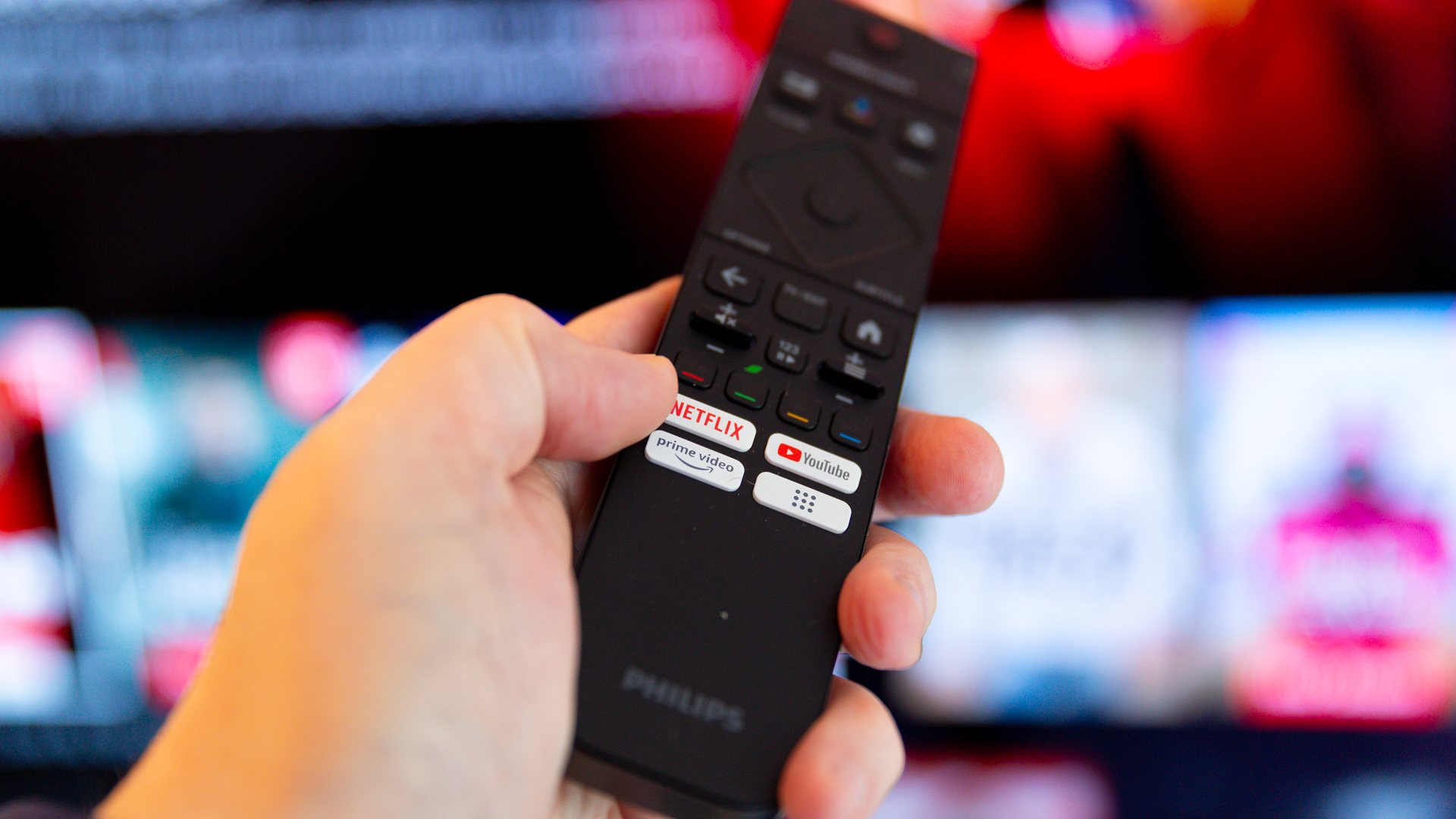 3 Netflix TV shows that are as uncomfortable to watch as they are gripping
3 Netflix TV shows that are as uncomfortable to watch as they are grippingSome of the best shows on Netflix can disturb for one reason or another – here are three that give you the shivers but are still unmissable
By Rik Henderson
